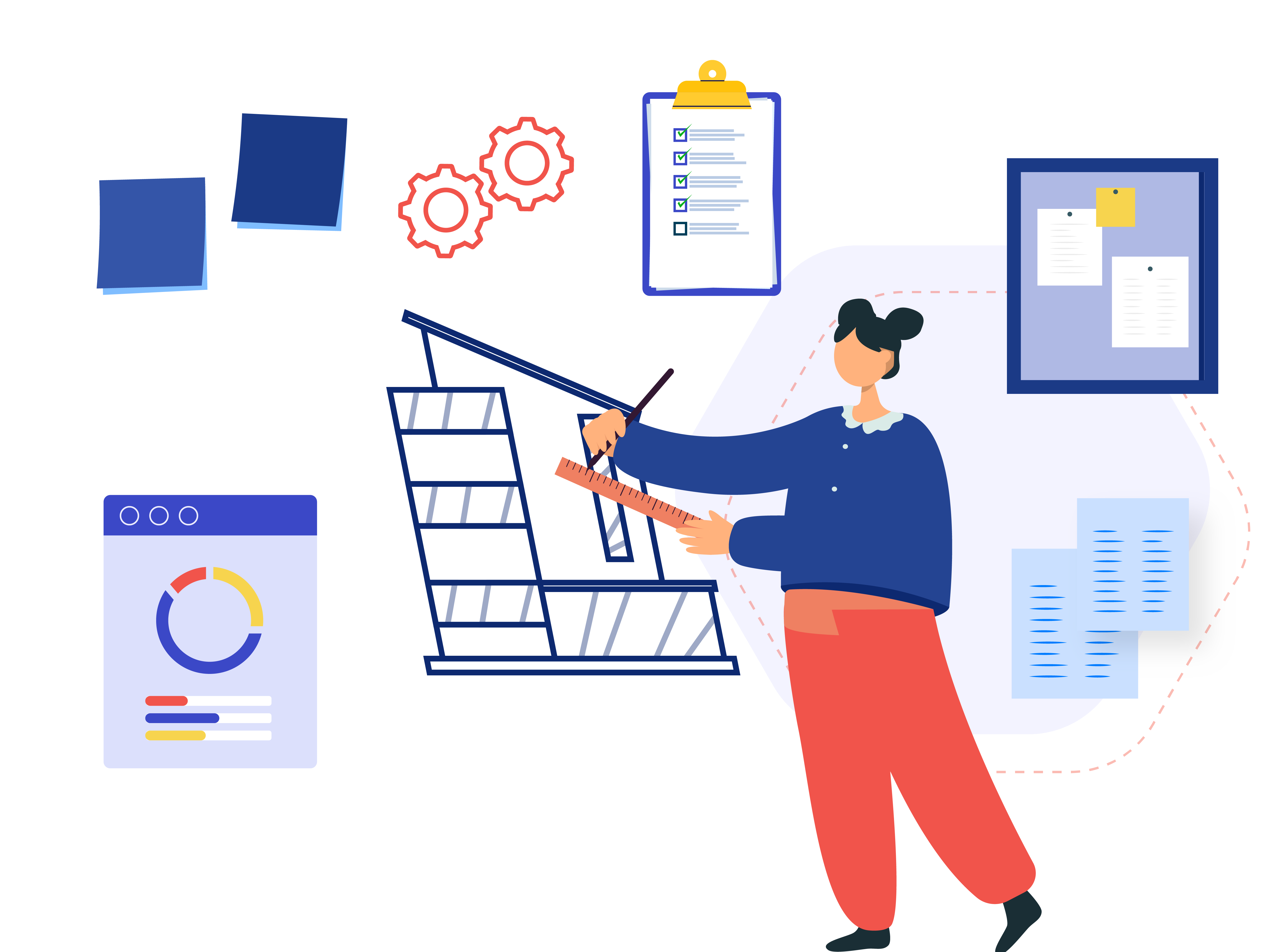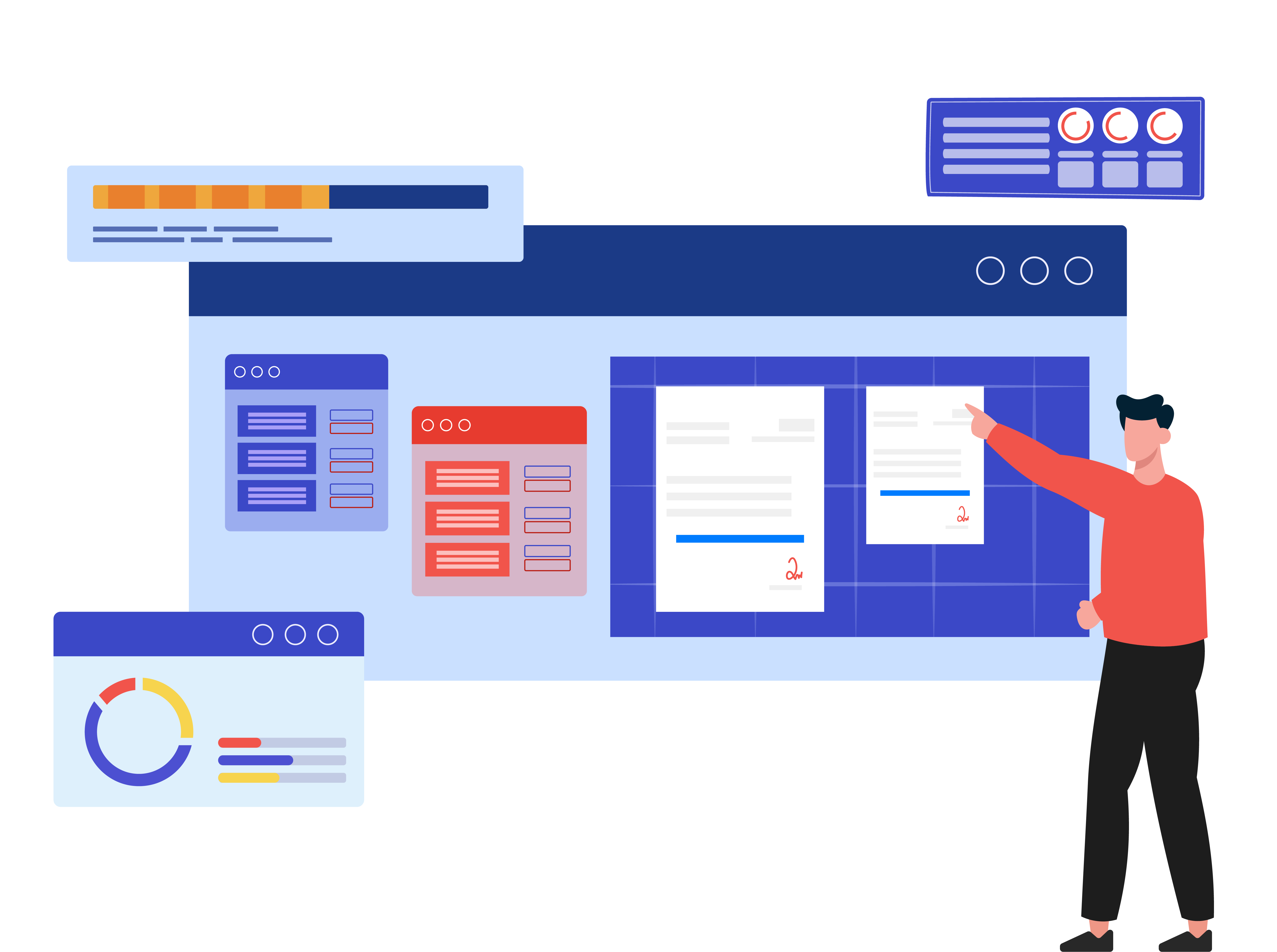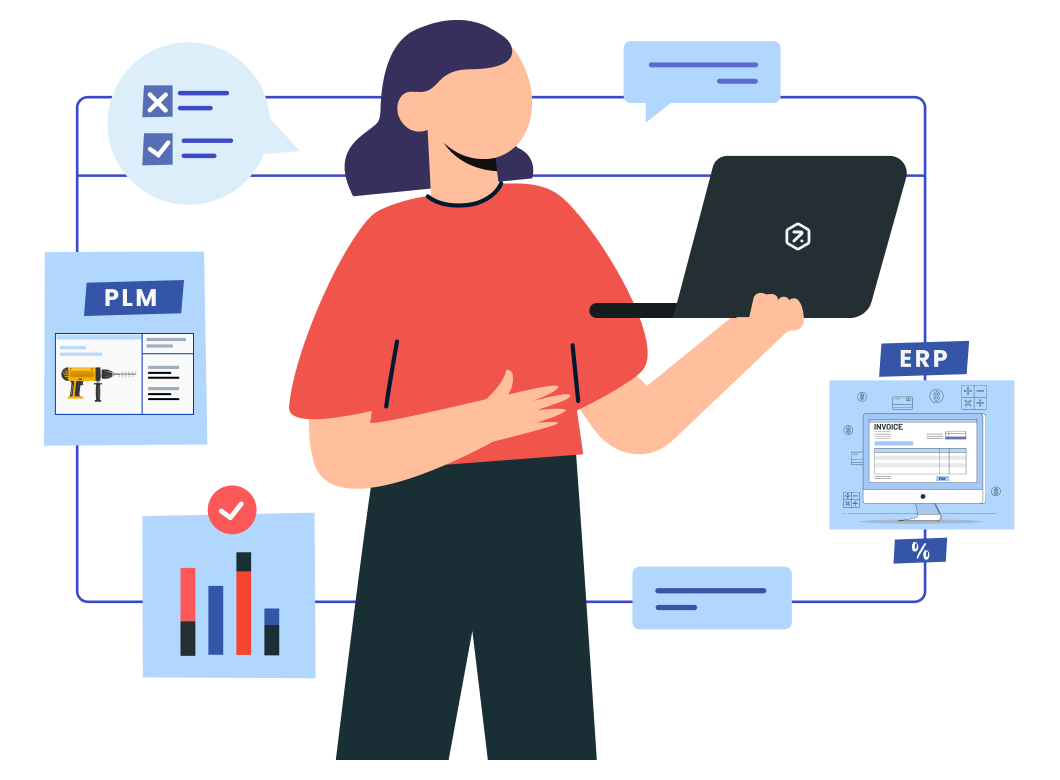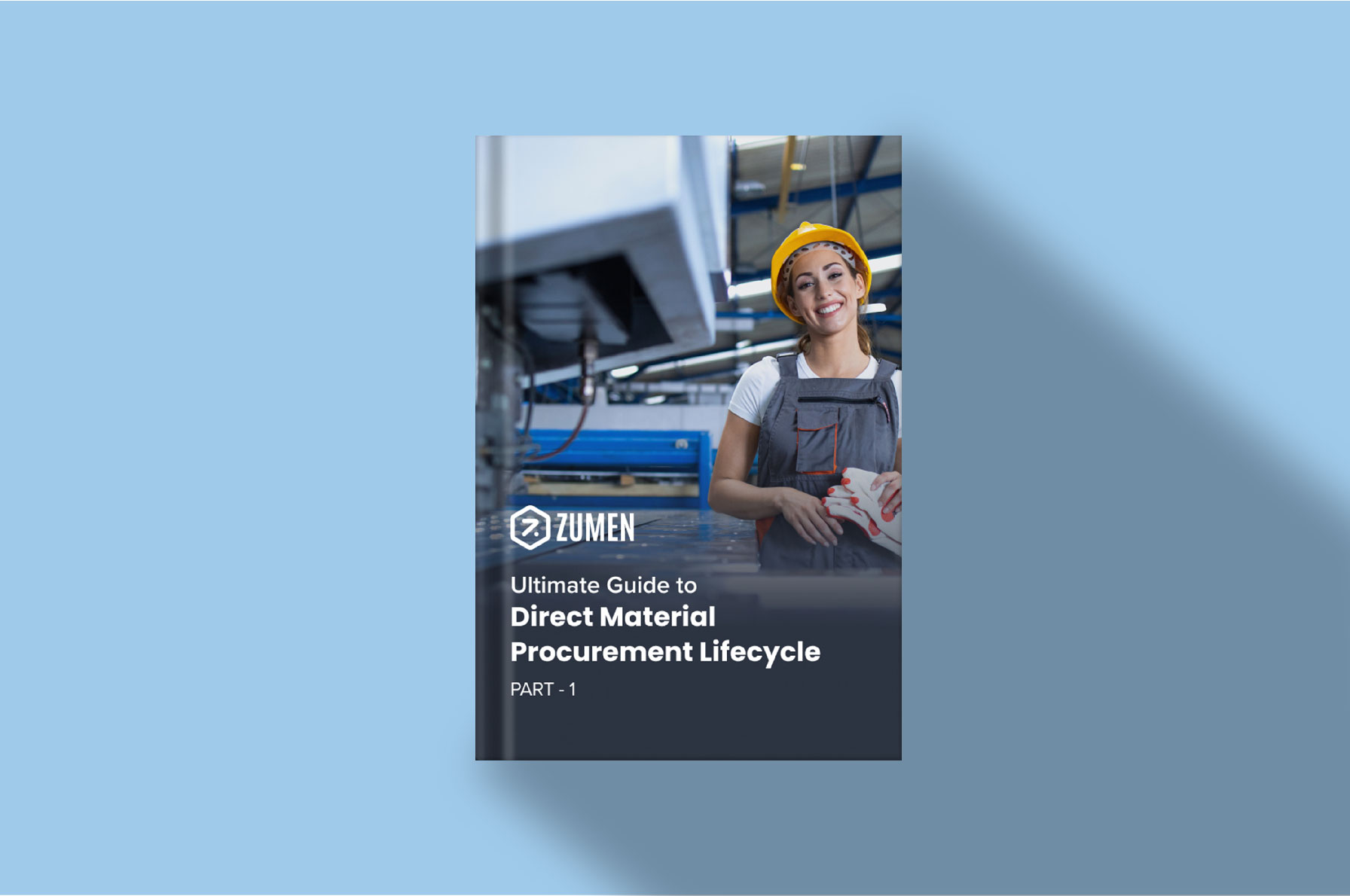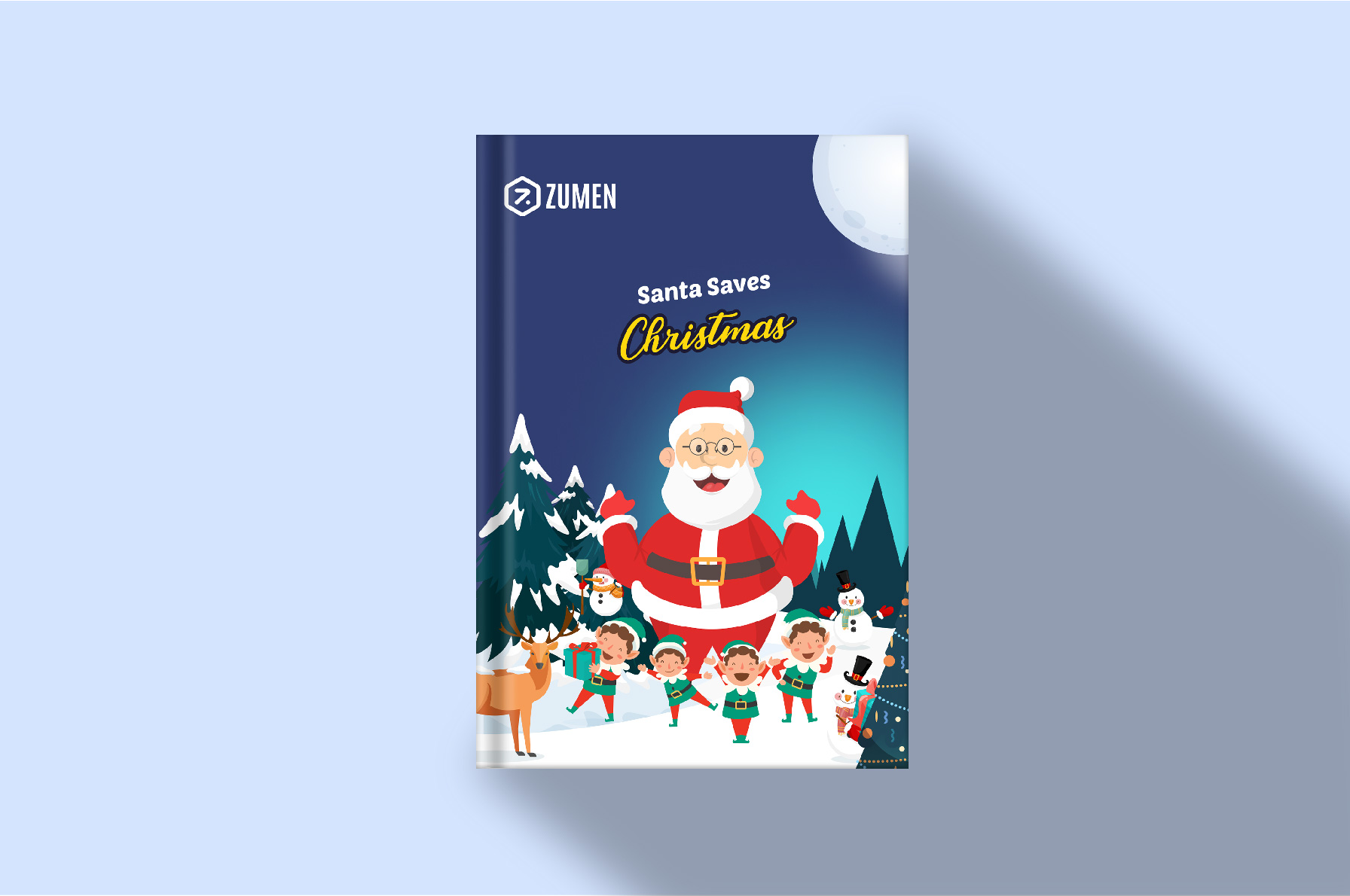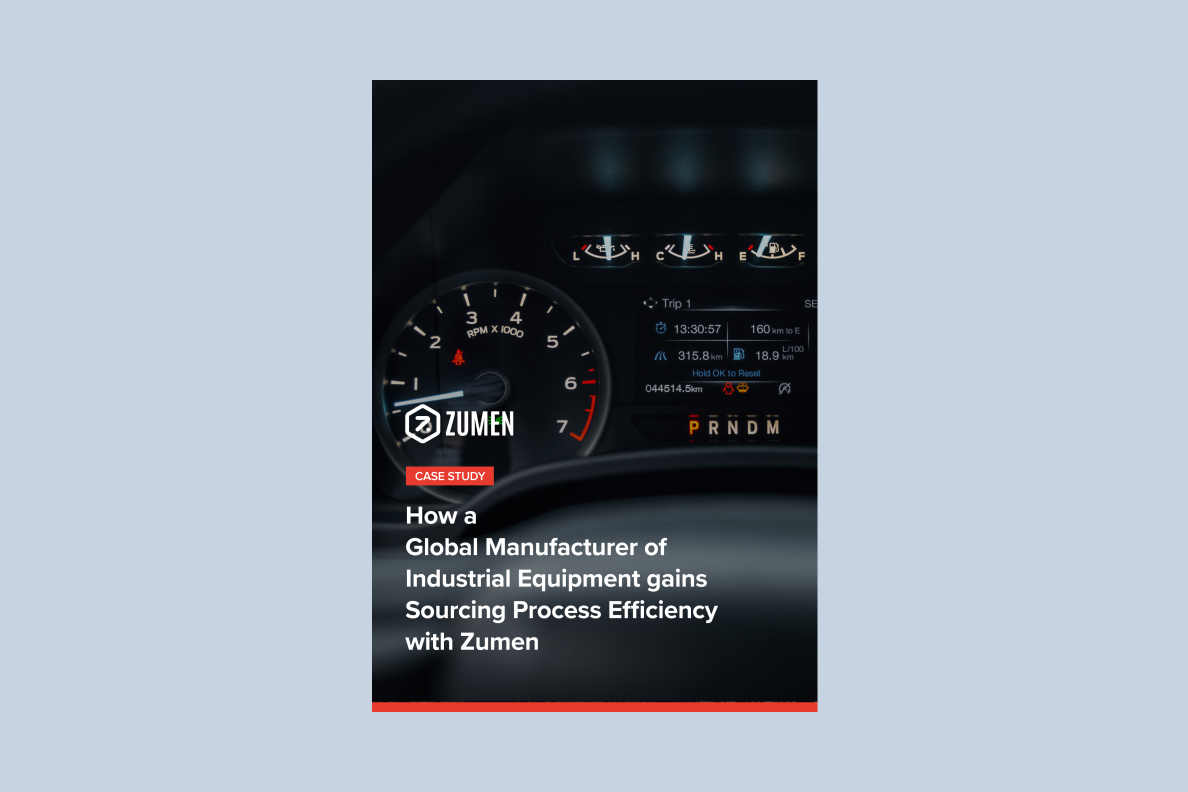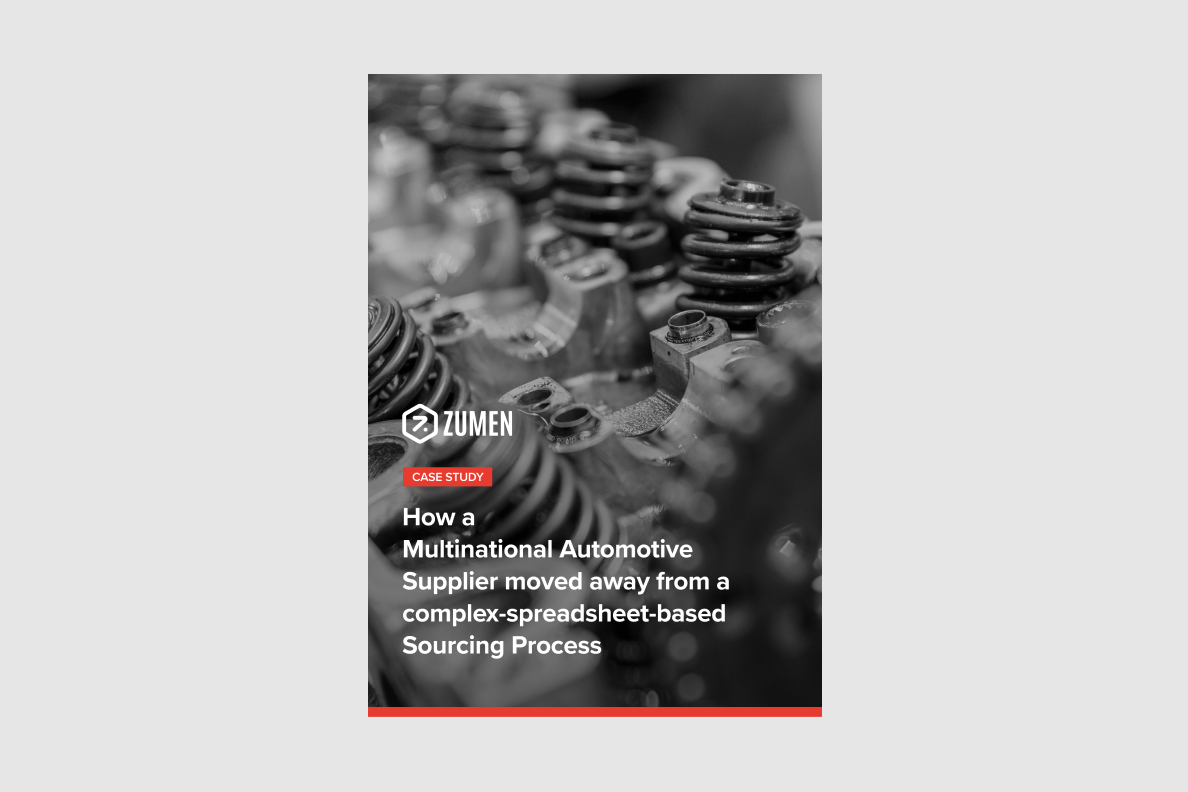How does managing costs at a granular level provide a competitive advantage for companies?
Business | March 07, 2023 | By
To the CFO/CIO
We know from experience that the delivery of goods and services is required to be balanced within the boundaries of Time-Cost-Quality for the overall success of the organization. Especially when dealing with thousands of parts, organizations are required to manage the Time-Cost-Quality of every item consistently and repeatedly. And we also know that there is a reason TCQ is a universally relevant framework for product manufacturing companies. All products are built to solve a problem or deliver some value. The TCQ framework ensures that the product is delivered at the right time, right cost, and at the right quality. Failure to deliver in any of the three will result in failure of the purpose of the product and, in turn, failure of the business involved in the delivery of that respective product.
To elaborate, if a company consistently delays the delivery of the product either during a product launch or repeatedly every time the product is on demand, there will be missed business and failure to generate revenue. For this reason, companies lay out a project management process to ensure the timely launch of products keeping up with market conditions, customer needs and expectations, and competition. And beyond the timely launch of products in the market, the Go-To-Market mechanisms and processes are put in place to ensure the timely delivery of the products every time there is a demand. This means the supply chain for the finished product and the supply chain for the components/parts/ingredients that make up the product are all set up reliably.
On the other hand, every time a product is delivered, the product is expected to serve the purpose of the customer. And if the product is available but fails to deliver the right experience for the customer, the business again ends up losing. How a finished product delivers quality and experience is also strongly dependent on the quality and reliability of every single item/ingredient that makes up that product. For this reason, the quality framework to ensure the quality of parts and the quality of the finished goods are critical for the success of the business. Based on the problem the product solves, the breadth and depth of the quality requirements may vary. For example, the difference between a simple nail clipper versus a device medically approved for nail and finger surgeries (medical devices).
This brings us to the last and most critical aspect, which is, cost. Companies are required to deliver the product at the right time and at the right quality and at the same time ensure the cost of the product does not go beyond a point where the cost is out of proportion to the value perceived by the customers. In that sense, cost is the most critical factor in the TCQ framework. Having the right process and tools to manage the cost actually helps enterprises in managing the delivery and quality in a more efficient manner. Without focusing on cost, the process of prioritizing actions on delivery and quality is poorly handled and the overall outcome ends up being sub-optimal.
Which part/item requires more quality effort? Which item on the product requires more investment in the Supply Chain process? Which part/item has the opportunity to help save a few dollars in cost? What is the cost of manufacturing versus the cost of shipping? Companies can find answers to these questions only if they manage costs on a granular level.
And the right process to manage costs ensures that companies can plan and execute actions to ensure margins on the product. Any company that does not make money on the goods and services it delivers is bound to go out of business.
Unfortunately, the process of keeping up with the details of the cost for every item becomes a herculean task. And knowing the breakup of the processes, tasks, efforts, raw materials, and consumables involved in the manufacturing of an item requires a deep knowledge of the manufacturing process across the different industries and commodities. Add to that the nominal and specific overheads and margins. All of these are a part of the dying profession, ‘Cost Engineering’.
Since the cost of managing the cost is quite expensive, like all other labor-intensive activities, most companies in the product manufacturing business have moved their costing function to a low-cost location (BPO or shared services) in China, India, or the Philippines.
Irrespective of all the constraints explained above, it is beyond doubt that companies that manage their costs well are able to prioritize their efforts effectively for the success of their business. Having a granular approach to the product cost ensures the companies are able to react to changing market conditions in almost real-time and maintain agility when handling the micro and macro-economic factors. This also means, when the company runs into delivery and quality issues or supply chain problems, they are able to assess the impact at the individual item level. When there is visibility on items affected by specific raw material commodities, geographical situations, or technical problems, the company is able to assess the impact and devise corrective actions with a clear understanding of the impact of such actions in the short-term and long-term spend. (Needless to say, businesses fail in such situations, either reacting poorly or too aggressively, burning a lot of resources).
Some companies have displayed foresight and leadership by implementing systems that are able to provide them with a level of detail in terms of cost breakdown. Don’t most companies leave the details to the contracts and the ‘trust’ in their suppliers?
Unfortunately, IT systems have not caught up with the processes and methods these companies need to follow when managing their costs at the granular level. There are two aspects of this cost management. One, applying technology to determine the ‘should costs’ or ‘cost estimates’ of the items/ingredients that make up the product. Others, use these cost estimates for making decisions. While some solutions have been available for making estimates of cost details for the parts, ERPs have been providing the details of Purchase Orders. Beyond that, almost all kinds of analysis and decision-making have been made manually, and the primary tool used for such analysis has been spreadsheets.
Everything we have been talking about here, the estimate of costs, the comparison of supplier quotations, the impact of the changing commodity rates on every item and in turn the product, and the opportunity to make effective changes to the product cost consistently, are all captured in a set of software called Source-to-Pay. Such systems, while providing the details of cost at the granular level, also allow companies to collaborate internally across multiple functions and externally with the suppliers on various aspects of cost, supply chain, and quality (C.T.Q). Developing a seamless system that understands how such data, collaboration, and decision-making happen seemed impossible until Zumen came along.
Zumen is the most advanced Source-to-Pay system available in the market for manufacturing companies to manage their TCQ for every item and for every part. While we understand the topic addressed in this article is vast, we will be excited to discuss it in detail. Reach out to [email protected] to schedule a meeting.
